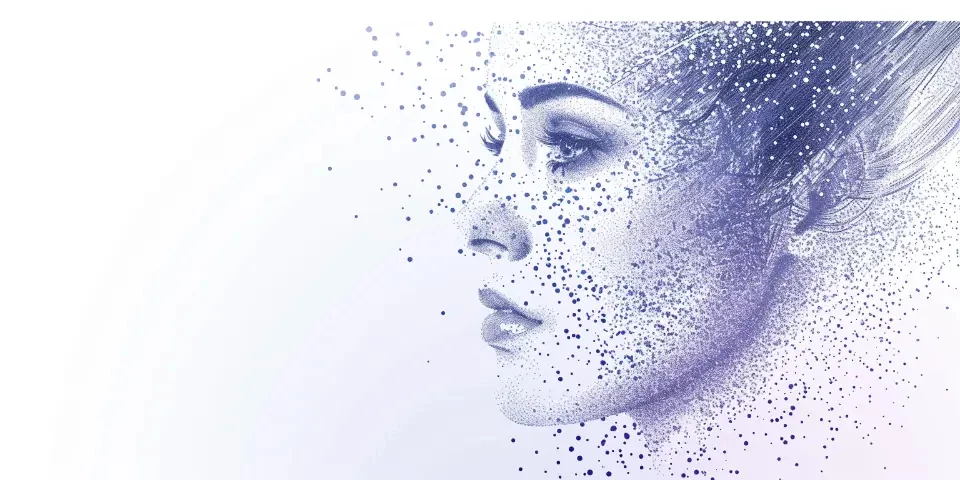Relive the moments Rescue, repair, and revive your treasured images
Our photographs hold precious memories that we cherish for a lifetime. However, over time, these cherished images may deteriorate, become damaged, or lose their vibrant colors. Thankfully, with modern technology and the availability of specialized tools and software, it is now possible to rescue, repair, and revive these treasured images, allowing us to relive those moments once again.
1. Image scanning and digitization
Before we dive into the world of image restoration, it is crucial to preserve your analog photographs by scanning and digitizing them. This process ensures that even if the physical copies deteriorate, you will always have a digital backup.

2. Removing dust, scratches, and spots
Digital image editing software such as Adobe Photoshop provides powerful tools to remove dust, scratches, and spots from your photographs. Utilize the clone stamp or healing brush tool to carefully restore the damaged areas without altering the original composition.
3. Correcting exposure and color balance
Restoring faded or improperly exposed photographs can be accomplished using software like Lightroom or Photoshop. Adjusting exposure, contrast, and color balance can breathe new life into your images, making them vibrant and true to the original scene.
4. Repairing torn or creased photos
For physically damaged images with tears or creases, delicately repairing them requires artistry and expertise. Consider seeking professional restoration services that utilize techniques such as photo manipulation and professional-grade software.
5. Restoring damaged portraits
Portraits hold immense sentimental value, and by employing advanced retouching techniques, it is possible to repair facial blemishes, remove wrinkles, or even recreate missing parts. Expertise in tools like Adobe Photoshop's retouching tools is essential here.
6. Enhancing resolution and sharpness
Older photos may lack the sharpness and resolution of modern digital images. Utilize specialized software like Gigapixel AI or Photoshop's "Smart Sharpen" feature to enhance and improve the overall clarity and detail of your images.
7. Colorizing black and white photos
Black and white photos evoke nostalgia, but colorizing them can bring newfound depth and a fresh perspective. Software like Algorithmia or Adobe Photoshop's selective colorization tools can help you transform your monochrome images into vibrant color representations.
8. Repairing water damaged photos
If your treasured images have suffered damage due to water or other liquids, immediate action is crucial. Gently pat dry the images and seek professional assistance to restore and repair the photographs before mold or irreversible damage occurs.
9. Removing red-eye and enhancing eyes
Red-eye is a common issue that can spoil otherwise perfect portraits. Several photo editing tools like Adobe Photoshop or Lightroom offer automated red-eye correction. Additionally, enhancing the eyes using selective adjustment tools can make the subject's gaze more captivating.
10. Removing unwanted objects or people
Unwanted objects or people in the background can distract from the main subject of your photo. Utilize advanced editing techniques such as content-aware fill in Photoshop to seamlessly remove these distractions and focus on the key elements.
11. Uncovering hidden details with HDR
If your images suffer from extreme highlights or shadows, High Dynamic Range (HDR) imaging techniques can help recover lost details. Software like Photomatix or Aurora HDR can merge multiple exposures to create a well-balanced image with a wide tonal range.
12. Preserving and archiving digital copies
Once your images are restored and revived, it is important to preserve and archive the digital copies properly. Regularly back up your files to multiple storage devices or cloud services to prevent data loss and ensure access to your memories in the long term.
13. Comparing restoration software
When choosing image restoration software, consider factors such as ease of use, available tools, and pricing options. Some popular choices include Adobe Photoshop, DxO PhotoLab, and Corel PaintShop Pro. Experiment with trial versions or seek recommendations from experts to find the best fit for your needs.
14. Frequently Asked Questions (FAQs)
Q: Can I restore severely faded photographs?
A: Yes, with advanced restoration techniques and software, even severely faded photographs can be brought back to life. Professional assistance may be recommended for complex cases.
Q: How do I ensure the privacy and safety of my scanned images?
A: Prioritize privacy by using reputable scanning services or secure personal scanning equipment. Additionally, consider adding watermarks or metadata to protect your digital copies.
Q: Can I repair torn or damaged digital photographs?
A: Yes, digital images can also be repaired using specialized retouching software. However, it is always advisable to keep backup copies in case irreversible changes occur during the restoration process.
15. References
1. Digital Photo Restoration: What to Know. (n.d.). Retrieved from [insert source link]
2. Top 10 Photo Restoration Services. (n.d.). Retrieved from [insert source link]
3. Software for Image Restoration and Enhancement. (n.d.). Retrieved from [insert source link]
